Hiking is an excellent outdoor activity that allows individuals to connect with nature, get some exercise, and escape from the hustle and bustle of daily life.
However, some hikers may have noticed changes in their feet over time, leading to the question: Does hiking make your feet bigger?
In this article, we will explore the relationship between hiking and foot size, addressing common misconceptions and providing insights into what might be happening to your feet when you hit the trails.
Contents
The Foot Anatomy
To understand the potential effects of hiking on foot size, it’s essential to first comprehend the basic anatomy of the foot.
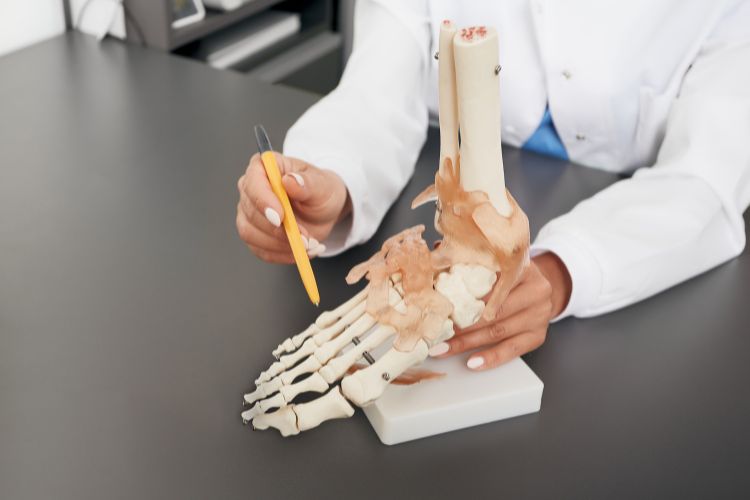
The human foot is a complex structure consisting of 26 bones, numerous joints, muscles, ligaments, and tendons.
These elements work together to support the body’s weight, absorb shock, and provide mobility.
Understanding the intricacies of the foot’s structure is crucial in exploring how hiking may affect it.
Misconceptions about Hiking Changing Foot Size
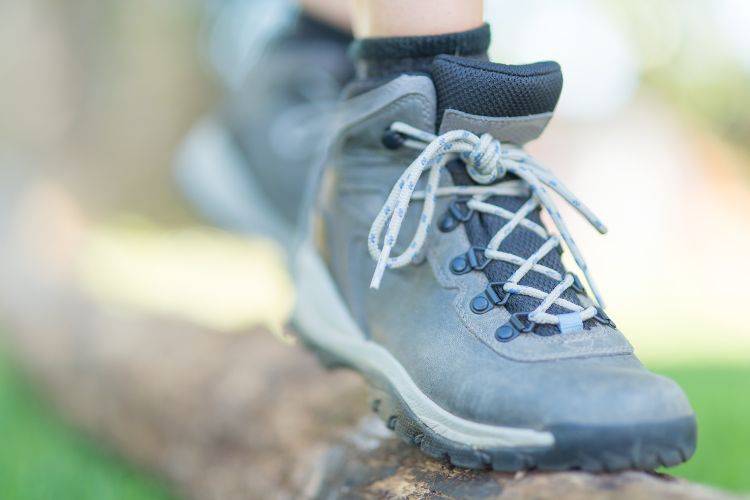
Before delving into whether hiking can make your feet bigger, let’s dispel some common misconceptions about foot size:
1. Hiking Makes Your Feet Longer
Some people believe that hiking can elongate the foot.
While it is true that feet can appear longer when they are swollen or fatigued after a long hike, this is typically a temporary condition that reverses once the swelling subsides.
2. Hiking Causes Permanent Growth
Another misconception is that hiking can lead to permanent growth in foot size.
However, the size of your feet is primarily determined by genetics and skeletal development, and it’s unlikely that hiking will cause permanent changes in your foot structure.
Understanding Foot Changes from Hiking
Hiking can indeed lead to certain changes in your feet, but they are usually temporary and related to the stresses and strains of the activity:
Swelling
One common effect of hiking is temporary swelling of the feet.

Prolonged periods of walking or hiking can lead to increased blood flow and fluid retention in the feet, causing them to temporarily appear larger.
This swelling usually goes away once you rest and elevate your feet.
Muscle Development
Hiking involves using various muscles in your feet and lower legs that may not get as much exercise in daily life.
Over time, this can lead to improved muscle tone and definition, making your feet appear slightly different, but not necessarily bigger.
Shoe Selection
The choice of hiking shoes or boots can also impact how your feet feel during and after a hike.
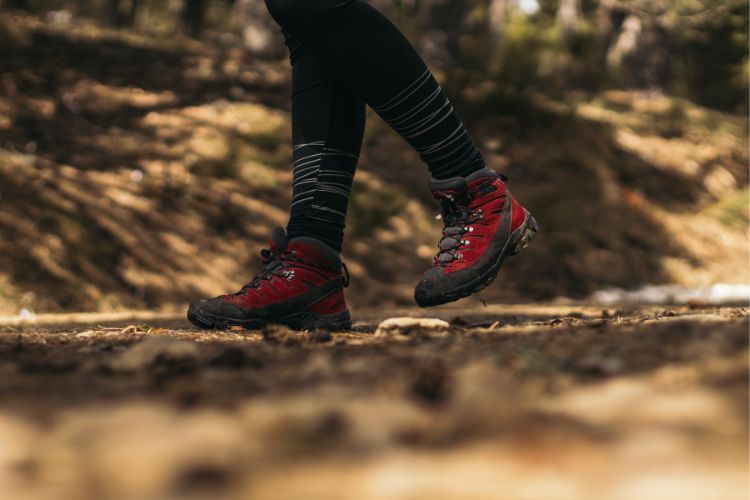
Ill-fitting footwear can cause discomfort and might lead to foot issues, such as bunions or hammertoes, which can affect the appearance of your feet.
Calluses
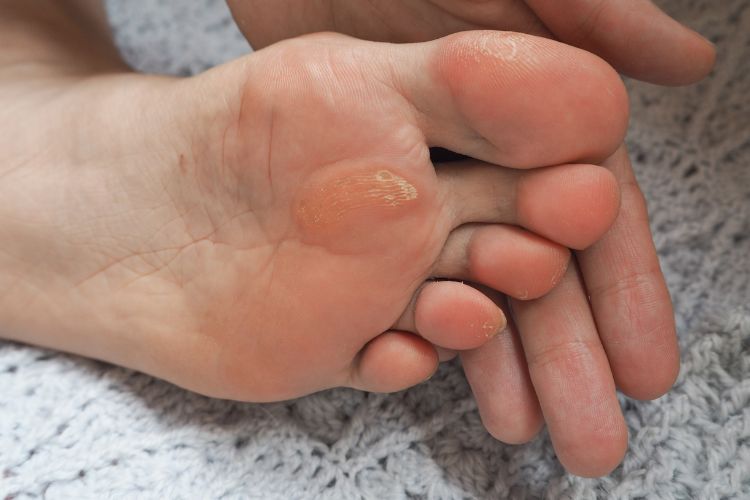
Regular hikers often develop calluses on their feet, especially in areas that endure a lot of friction.
While calluses may make your feet look different, they don’t necessarily result in permanent size changes.
Post-Hike Foot Care
Taking care of your feet after a hike is just as important as preparing for one. Here are some essential steps to ensure your feet recover and remain healthy:
1. Hydration: After your hike, rehydrate by drinking plenty of water. Proper hydration helps reduce the risk of cramping and minimizes swelling in your feet.

2. Rest and Elevation: Elevate your feet to reduce swelling. Lie down with your feet propped up on a cushion or pillow. This encourages better blood circulation and helps in reducing post-hike swelling.
3. Foot Soaks: Consider soaking your feet in warm water with Epsom salts. This can help relax tired muscles and soothe any soreness. Be sure the water isn’t too hot, as excessive heat can worsen inflammation.
4. Stretching: Gentle stretching exercises for your feet and lower legs can relieve tension and improve flexibility. Focus on calf stretches, toe stretches, and ankle circles to maintain foot mobility.
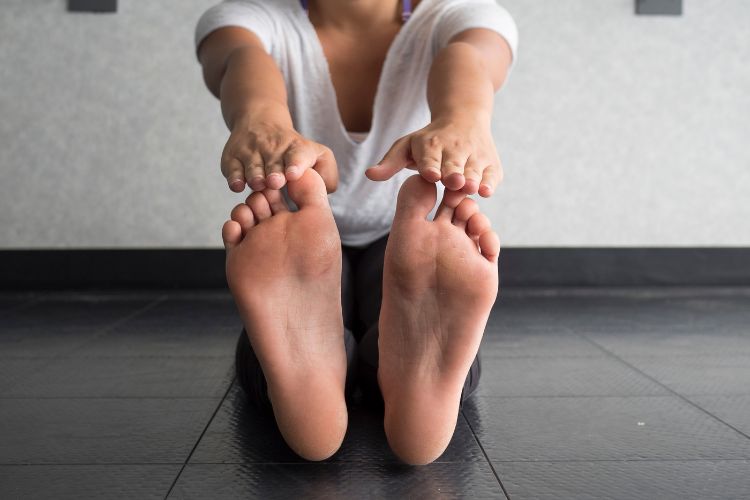
5. Massage: A foot massage can be incredibly relaxing and beneficial for post-hike recovery. Use your hands or a foam roller to gently massage your feet and calves, paying attention to any sore spots.
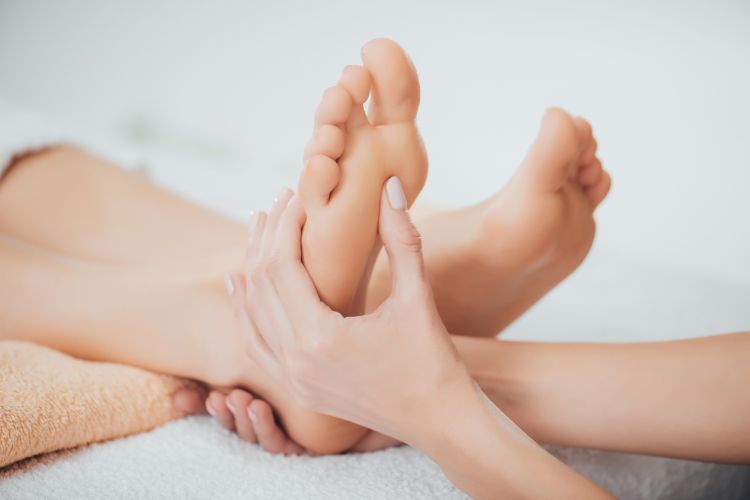
6. Compression Socks: Consider wearing compression socks or sleeves to promote circulation and reduce swelling. These can be particularly helpful if you plan on hiking frequently or over extended periods.
7. Foot Creams: Apply a soothing foot cream or lotion to moisturize your feet. Look for products with ingredients like aloe vera or menthol for added relief.
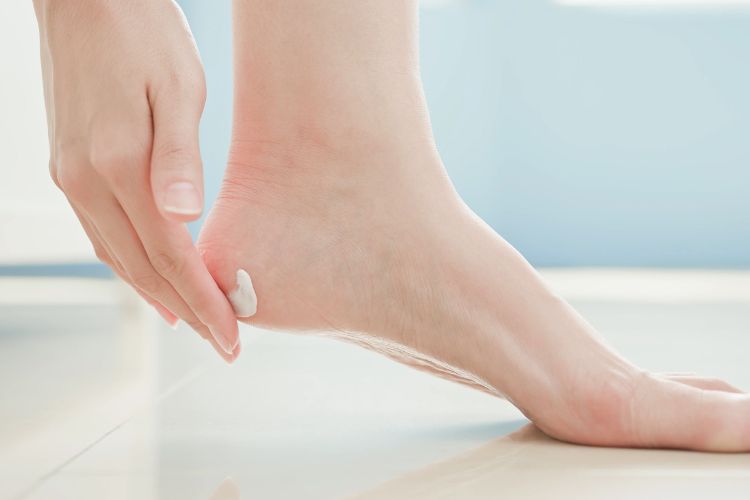
8. Inspection: Carefully inspect your feet for any signs of blisters, hotspots, or minor injuries. Clean and dress any wounds appropriately to prevent infection.
9. Proper Footwear: Rotate your footwear and allow them to air out. Make sure they are clean and dry before your next hike. Wearing damp or dirty shoes can increase the risk of foot issues.
10. Listen to Your Body: Pay attention to how your feet feel in the days following a hike. If you experience persistent pain, discomfort, or notice any changes in your foot health, consult a medical professional for advice.

Conclusion
In summary, hiking does not typically make your feet permanently bigger.
Temporary effects like swelling, muscle development, and changes in appearance due to calluses are normal outcomes of regular hiking.
While these changes may make your feet appear different, they are generally not long-lasting and are part of the natural adaptation process of your body to physical activity.
If you’re concerned about the size or health of your feet, it’s essential to choose the right footwear, practice proper foot care, and consult a medical professional for any persistent issues.
Overall, hiking is a beneficial and enjoyable activity that offers numerous physical and mental health benefits without permanently altering the size of your feet
So, lace up your hiking boots and hit the trails with confidence in the knowledge that your feet are up to the challenge.

